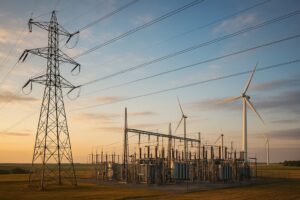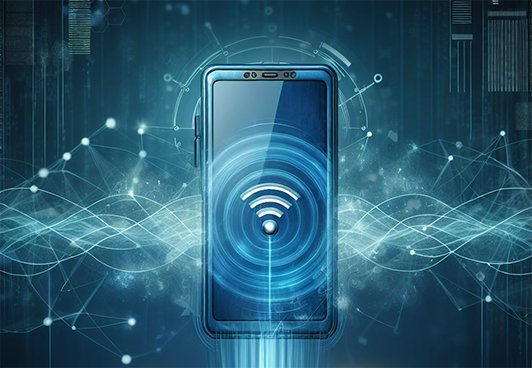 Some of the United States’ energy infrastructure is nearing the end of its lifespan, and efforts to mitigate the loss of energy in its various formats are urgently needed. Without decisive action, aging systems will continue to cause reliability issues, raise costs, and hinder the nation’s ability to meet future energy demands.
Some of the United States’ energy infrastructure is nearing the end of its lifespan, and efforts to mitigate the loss of energy in its various formats are urgently needed. Without decisive action, aging systems will continue to cause reliability issues, raise costs, and hinder the nation’s ability to meet future energy demands.
“Many components of the U.S. electric grid date back 40 to 70 years, well beyond their intended lifespan. While the grid has been expanded and updated over time, the core infrastructure remains outdated. This includes:
Transmission Lines: Many were designed for a smaller, less energy-intensive population and struggle to handle increased loads.
Power Transformers: Nearly 70% are over 25 years old, making them vulnerable to failure.
Substations: Aging equipment increases the risk of widespread failures, where one breakdown triggers cascading outages.”
— University of Wisconsin–Madison Interdisciplinary Professional Programs
Lack of visibility in key points of network infrastructure can slow these projects and waste valuable resources. For larger upgrade initiatives to succeed, decision-makers need accurate, location-based intelligence to target the most vulnerable assets first.
How Does GeoTel Tie into These Projects?
GeoTel provides network infrastructure maps containing the main points of interest for energy efficiency and modernization projects. This includes fiber optic routes, tower locations, and other telecom-related assets that are increasingly interconnected with energy systems, especially as smart grid technologies expand.
By overlaying telecommunications data with energy infrastructure maps, planners can:
- Identify potential connectivity gaps before deploying smart grid equipment.
- Plan energy control systems that rely on robust, redundant network routes.
- Reduce wasted time and travel for crews by pinpointing the exact locations of critical nodes.
What Is the U.S. Department of Energy Doing to Upgrade Our Infrastructure?
According to the U.S. Department of Energy, “The Grid Deployment Office is administering a $10.5 billion Grid Resilience and Innovation Partnerships (GRIP) Program to enhance grid flexibility and improve the resilience of the power system against extreme weather.”
These programs are designed to accelerate the deployment of transformative projects that will ensure the reliability of the power sector’s infrastructure, so all American communities have access to affordable, dependable electricity (DOE).
One example of innovation in infrastructure monitoring is Fluid Conservation Systems (FCS), working with T-Mobile US to add IoT connectivity to its acoustic water leak detectors. This technology enables continuous remote monitoring, reducing manual inspections and improving operational efficiency (RCR Wireless).
Where GeoTel Adds Value to GRIP and Beyond
GeoTel can help optimize resources for projects under the $10.5 billion GRIP Program by providing precision mapping that accelerates planning, deployment, and maintenance phases. With advanced GIS telecom data integrated into utility infrastructure planning, agencies and contractors can:
- Anticipate connectivity needs for smart grid control systems.
- Identify redundancies to ensure resilience against outages.
- Reduce downtime during upgrades and maintenance.
In the era of interconnected infrastructure, energy modernization is also a connectivity challenge. Utilities that adopt a combined telecom + energy planning approach will be better positioned to handle the demands of renewable integration, climate resilience, and nationwide grid reliability.
Source: DOE GRIP Program Overview
References
- Bhat, S., P.E. (2025, May 14). Aging Electric Infrastructure in the United States. University of Wisconsin–Madison Interdisciplinary Professional Programs.
- “Why America’s Outdated Energy Grid is a Climate Problem.” (2023, February 17). CNBC.
- Grid Resilience and Innovation Partnerships (GRIP) Program. (n.d.). U.S. Department of Energy.
- Telecommunications Infrastructures Disaster Recovery. GeoTel Communications.
- “Fluid Conservation Systems and T-Mobile IoT Partnership.” (2025, August 8). RCR Wireless News.


